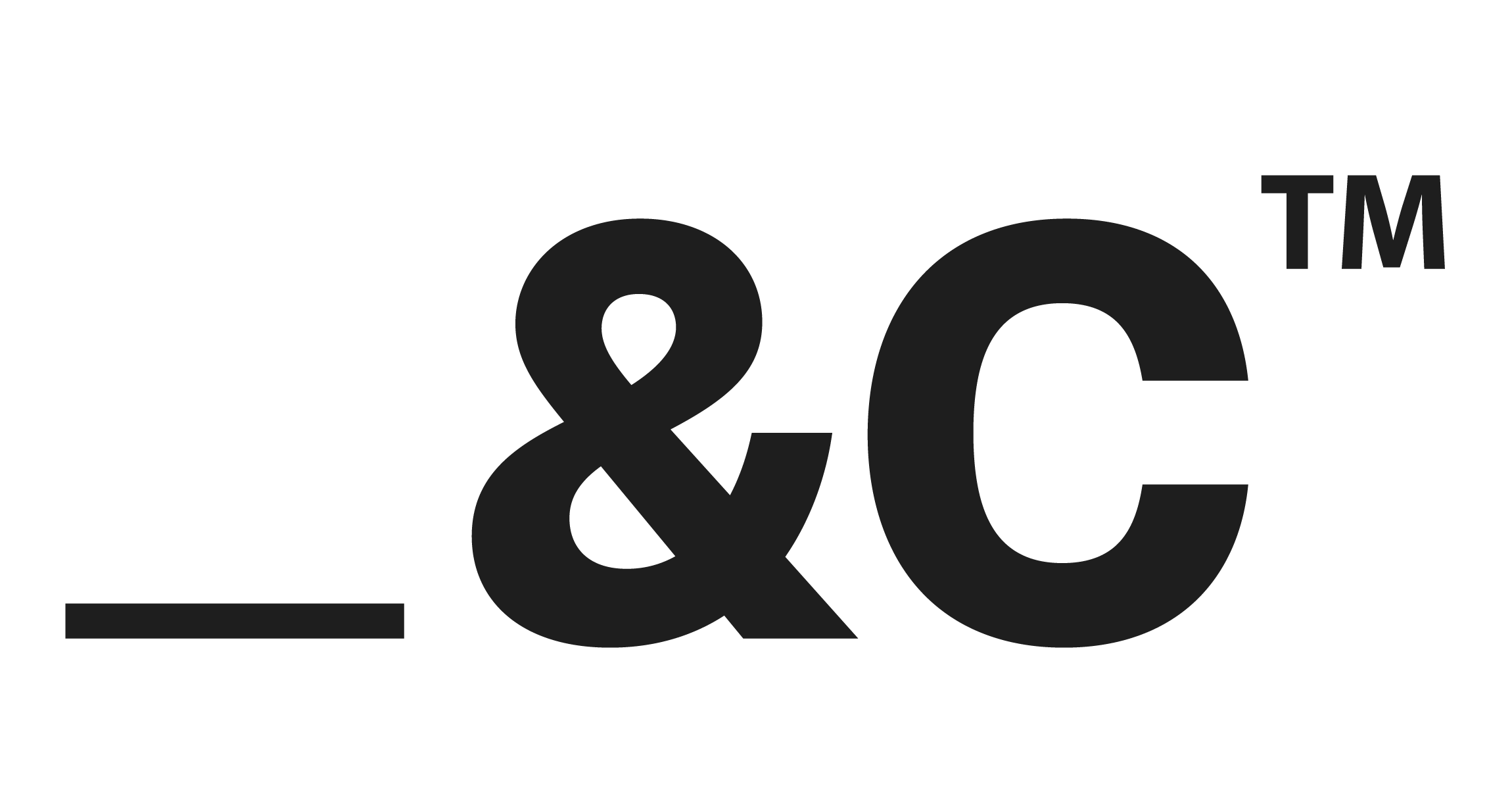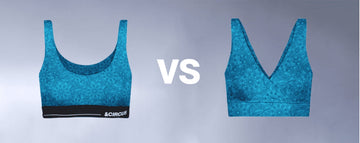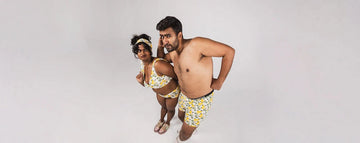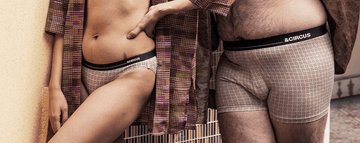Quick Listen:
The intimate apparel industry is undergoing a transformation. Gone are the days when bras and panties were merely about aesthetics or fleeting trends. Today, eco-friendly intimates are setting a new standard, merging unparalleled comfort with a commitment to sustainability. This shift reflects a broader awakening among consumers who demand products that align with their values pieces that feel good on the body and tread lightly on the planet.
Eco-Friendly Bras and Panties: The New Standard in Sustainable Intimates
The global lingerie market is thriving, driven by a growing appetite for undergarments that prioritize both style and ethics. According to a report from IMARC Group, the market reached $90 billion in 2024 and is expected to grow to $151 billion by 2033, with a compound annual growth rate (CAGR) of 5.78%. Another analysis by Fortune Business Insights values the market at $44.92 billion in 2024, projecting an increase to $87.35 billion by 2032 at an 8.67% CAGR. Asia-Pacific dominates, commanding over 40.2% of the market share in 2024, fueled by rising disposable incomes and a cultural shift toward personal expression through fashion.
At the forefront of this movement is AndCircus, a brand redefining intimate apparel with eco-friendly innerwear for men, women, and maternity. By prioritizing sustainable materials and ethical production, AndCircus is not just adapting to consumer demands but shaping the future of the industry. This is more than a trend it's a reimagining of what intimates can and should be.
The Rise of Sustainable Fashion
The fashion industry's sustainability push has reached the intimate apparel sector, and it's gaining momentum. Fast fashion's environmental toll marked by excessive water use, chemical pollution, and textile waste has sparked a backlash. As Teen Vogue notes in its exploration of sustainable underwear, the average price of underwear in the U.S. is around $20 or less, with brands encouraging consumers to replace their intimates every six months. This cycle of disposability is unsustainable, clogging landfills with barely worn garments.
In response, innovative materials are revolutionizing the market. Organic cotton, bamboo, and recycled fibers like polyester from plastic bottles offer softer, more breathable options that reduce environmental harm. Bamboo, for example, requires significantly less water than traditional cotton, while recycled fibers help divert waste from landfills. AndCircus embraces these materials, crafting bras and panties that deliver luxury without compromising the planet. Certifications such as GOTS (Global Organic Textile Standard) and OEKO-TEX further ensure that no harmful chemicals are used, providing consumers with confidence in their choices.
Consumer demand is the catalyst. Social media, celebrity endorsements, and a growing awareness of fast fashion's impact are driving shoppers toward ethical brands. According to Fortune Business Insights, factors like the increasing participation of women in the workforce and evolving fashion trends are propelling market growth. Today's buyers aren't just purchasing underwear they're investing in comfort, inclusivity, and a sustainable future.
Pioneers in Sustainable Intimates
AndCircus is a standout in the eco-friendly intimates market, but it's part of a broader wave of innovation. Brands like Parade and Knickey are also making strides, using recycled materials and transparent supply chains to appeal to environmentally conscious consumers. What sets AndCircus apart is its commitment to inclusivity, offering a wide range of sizes and styles, including maternity wear, to cater to diverse bodies. Their dedication to ethical sourcing and production ensures every garment meets rigorous sustainability standards.
Market data underscores this shift. Mordor Intelligence projects the lingerie market will expand from $99.12 billion in 2025 to $147.55 billion by 2030, achieving an 8.28% CAGR. Asia-Pacific is the fastest-growing region, with consumers increasingly favoring sustainable options. The online lingerie market is particularly robust, with Global Growth Insights reporting a valuation of $78.16 billion in 2024, expected to reach $89.02 billion in 2025 and soar to $252.17 billion by 2033, driven by a 13.9% CAGR. Key drivers include the fact that 60% of purchases are made via mobile devices, 35% of shoppers prioritize sustainable collections, and 70% of women prefer seamless bras for comfort.
Technology is enhancing the shopping experience. Virtual fittings, favored by 50% of consumers, and AI-driven personalization are streamlining online purchases. AndCircus excels here, offering digital tools to ensure a perfect fit, reducing returns and their associated environmental impact. This seamless integration of technology and sustainability is reshaping how consumers interact with intimate apparel.
Navigating the Challenges of Sustainability
Transitioning to sustainable practices isn't without obstacles. Sourcing eco-friendly materials like organic cotton or recycled fibers is often more expensive and less accessible than conventional alternatives. These costs can translate to higher prices for consumers, who may hesitate to spend $30 on a pair of panties when fast-fashion options are half the price. AndCircus addresses this by optimizing production processes and focusing on durability, ensuring their products outlast cheaper alternatives.
Durability is another concern. Some consumers question whether eco-friendly materials can withstand daily wear. However, brands are dispelling these doubts through rigorous testing, with bamboo blends and recycled fibers proving as resilient as traditional fabrics. The bigger challenge is greenwashing when companies falsely claim sustainability without credible certifications. Savvy consumers are demanding transparency, and certifications like GOTS and Fair Trade are now critical. AndCircus leads by example, openly sharing its supply chain practices to build trust.
The Business Case for Going Green
Sustainability is not just an ethical imperative it's a strategic advantage. Eco-friendly intimates tap into a growing demographic of consumers, particularly younger generations, who prioritize values-driven brands. Global Growth Insights highlights that 40% of lingerie sales occur through social media, where sustainability resonates strongly. Brands like AndCircus cultivate loyalty by aligning with these values, distinguishing themselves in a competitive market.
The environmental benefits are significant. Sustainable materials reduce water consumption, carbon emissions, and textile waste. Over time, these practices lower costs by minimizing waste and resource use. Moreover, brands that prioritize sustainability enhance their reputation, fostering trust and turning customers into advocates. For companies like AndCircus, going green is a pathway to both profitability and positive impact.
The Future of Intimates Is Green
The trajectory of intimate apparel is unmistakably sustainable. Industry experts predict that circular fashion encompassing rental models and second-hand markets will shape the next phase of growth. Mordor Intelligence emphasizes the role of digital retail and fabric innovations in making sustainable options more accessible. AndCircus is leading this charge, proving that eco-friendly intimates can be stylish, comfortable, and responsible.
As you consider your next purchase, think beyond the immediate. Every bra or pair of panties is a choice not just for your comfort, but for the planet's future. Brands like AndCircus make it easier to choose sustainability without sacrificing quality. This isn't just about what you wear against your skin it's about the legacy you leave behind. Embrace the shift, and step into intimates that feel as good as they do good.
Frequently Asked Questions
What challenges do brands face in offering sustainable lingerie at scale?
Eco-friendly materials often come with higher costs and limited availability, making pricing and scalability a challenge. Brands like AndCircus overcome this through efficient production, durable designs, and certifications that build consumer trust and reduce greenwashing concerns.
Why are eco-friendly bras and panties becoming the new standard in intimate apparel?
Eco-friendly intimates offer a blend of comfort, ethics, and sustainability that todays conscious consumers demand. With rising awareness about fast fashions environmental impact, more shoppers are choosing organic cotton, bamboo, and recycled fibers that reduce waste and carbon footprints.
What sustainable materials are used in eco-friendly lingerie, and how do they help the environment?
Materials like organic cotton, bamboo, and recycled polyester are used to create breathable, soft, and durable intimates. These fabrics consume less water, avoid harmful chemicals, and repurpose wastemaking them far more sustainable than traditional synthetic options.
Disclaimer: The above helpful resources content contains personal opinions and experiences. The information provided is for general knowledge and does not constitute professional advice.
You may also be interested in: From Hashtag to Habit: Normalizing Plus-Size Innerwear
Uncomfortable underwear shouldn't steal your confidence. At Andcircus, we craft ultra-soft, sustainable Lenzing Modal Micro innerwear for every body, XS to 5XL. From briefs to bras, our custom packs fit you perfectly. Shop risk-free with our 100% satisfaction guarantee and embrace comfort that includes everyone. #LoveEveryBody. Shop Now!







































